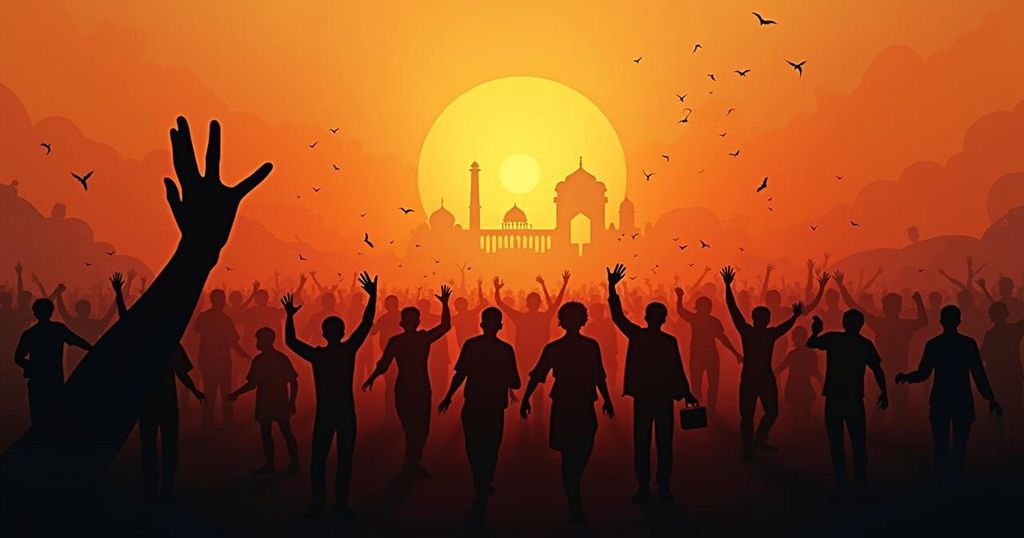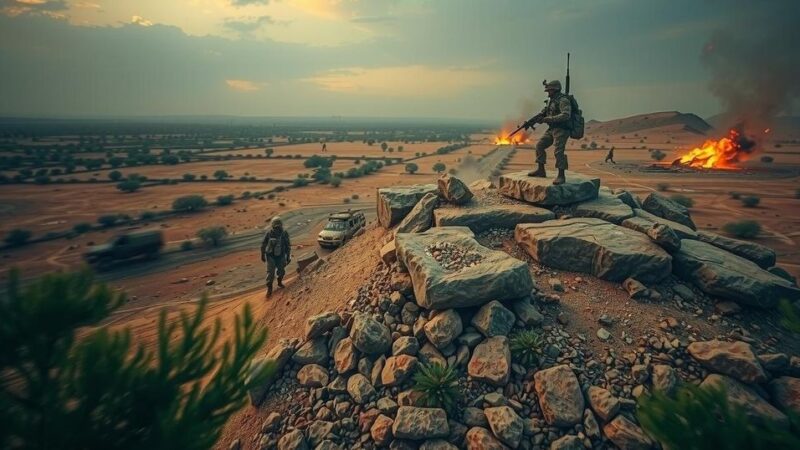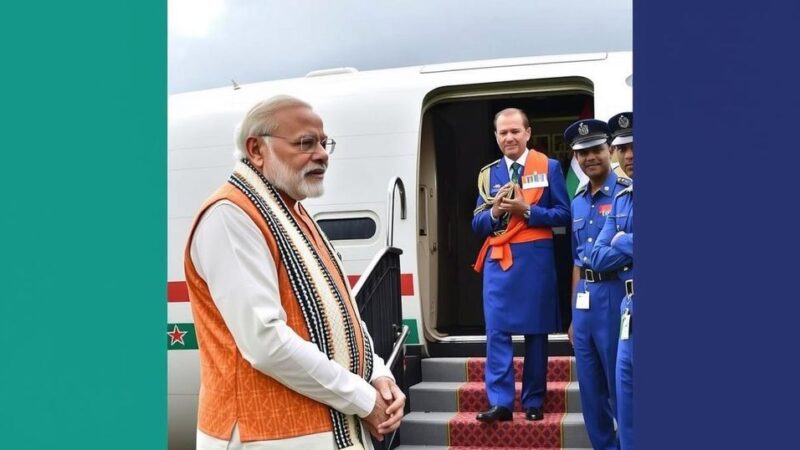Bharat has achieved significant progress yet faces complex security challenges largely fueled by external forces. Modern warfare tactics, including misinformation and social engineering, pose risks to national integrity. Recent unrest parallels international examples, emphasizing the need for heightened public awareness and accountability for social media entities. Effective government strategies will be essential in addressing these threats and maintaining stability in the nation.
In the past seventy-seven years, Bharat has made remarkable strides across various sectors, despite facing numerous internal and external challenges. As the world’s seventh-largest country by area and the most populous nation, its demographic profile is favorable, with an average age of 29 years compared to 37 for China and 48 for Japan, according to the 2024 Revision of World Population Prospects. Bharat is currently the fifth largest and fastest-growing economy, poised to ascend to third place within the next few years. However, the nation also grapples with complex security challenges that extend beyond traditional military confrontations. Modern warfare encompasses diverse domains, involving not only kinetic approaches but also non-kinetic methods, impacting national security through social engineering, misinformation, cyberattacks, and emerging technologies like artificial intelligence and autonomous systems. The National Security Advisor has noted that the focus of warfare has shifted from territorial boundaries to civil society, with adversarial strategies seen as both subtle and overt. Bharat’s economic ascendance and global positioning threaten the interests of external forces, particularly the U.S., which has historically dismantled governments that pursue independent foreign policies. The underlying narrative suggests that the United States employs tactics similar to those seen during the Vietnam War by using local populations to instigate civil unrest and anarchy. Prominent figures such as Mohammad Gaddafi and Saddam Hussein, who resisted Western influence, have faced dire consequences, drawing parallels to the current situation where social media, NGOs, and local political entities may be manipulated to foster discontent against the Indian government. Bharat has witnessed recent unrest, with leaders suggesting that the country’s political climate mirrors that of Bangladesh, where opposition to Sheikh Hasina ultimately led to her ousting. Prominent political figures in India have echoed concerns that the farmer protests and CAA demonstrations may be precursors to a larger upheaval. Additionally, international dynamics involving Silicon Valley tech giants and political support from figures tied to U.S. interests add layers of complexity to Bharat’s political landscape. The tension in neighboring countries like Bangladesh and Myanmar further complicates Bharat’s security environment, especially with the rise of militia activity in areas such as Manipur. The ongoing activities of divisive political elements within Bharat threaten societal cohesion, and the operations of various governmental agencies are crucial in addressing potential internal threats. To counter these multifaceted challenges, the Government must implement strategies to raise public awareness regarding anti-national agendas and the tactics employed by dissenting forces. Accountability measures for social media and technology companies are necessary to mitigate their impact on public sentiment. Furthermore, law enforcement policies regarding protests must be reinforced, and judicial reforms prioritized to ensure swift justice. Strengthening border security and addressing the phenomena of extreme leftism and its financing are also critical endeavors in maintaining national stability.
The article examines the various challenges faced by Bharat in the context of modern warfare and national security. It highlights the significant advancements made by Bharat, juxtaposed with its security vulnerabilities exacerbated by both internal political discontent and external pressures, particularly from Western powers. The concept of a ‘Colour Revolution’ is explored, particularly in the wake of observed civil unrest in other nations and parallels drawn between those situations and current events in Bharat. Additionally, the role of technology companies and their influence on public perception and political outcomes is critically analyzed, along with the implications of ongoing unrest in neighboring countries on Bharat’s internal security.
In conclusion, Bharat stands at a crossroads, balancing its remarkable growth with emerging threats that could destabilize its political landscape. The challenges of misinformation, external interference, and internal dissent necessitate a proactive approach from the government to safeguard its sovereignty. By enhancing public awareness, enforcing accountability among technology platforms, and ensuring robust legal frameworks for protests, Bharat can fortify itself against the specter of orchestrated civil unrest. The successful management of internal security issues and regional dynamics ultimately hinges on the resilience of its institutions and the unity of its populace.
Original Source: organiser.org






